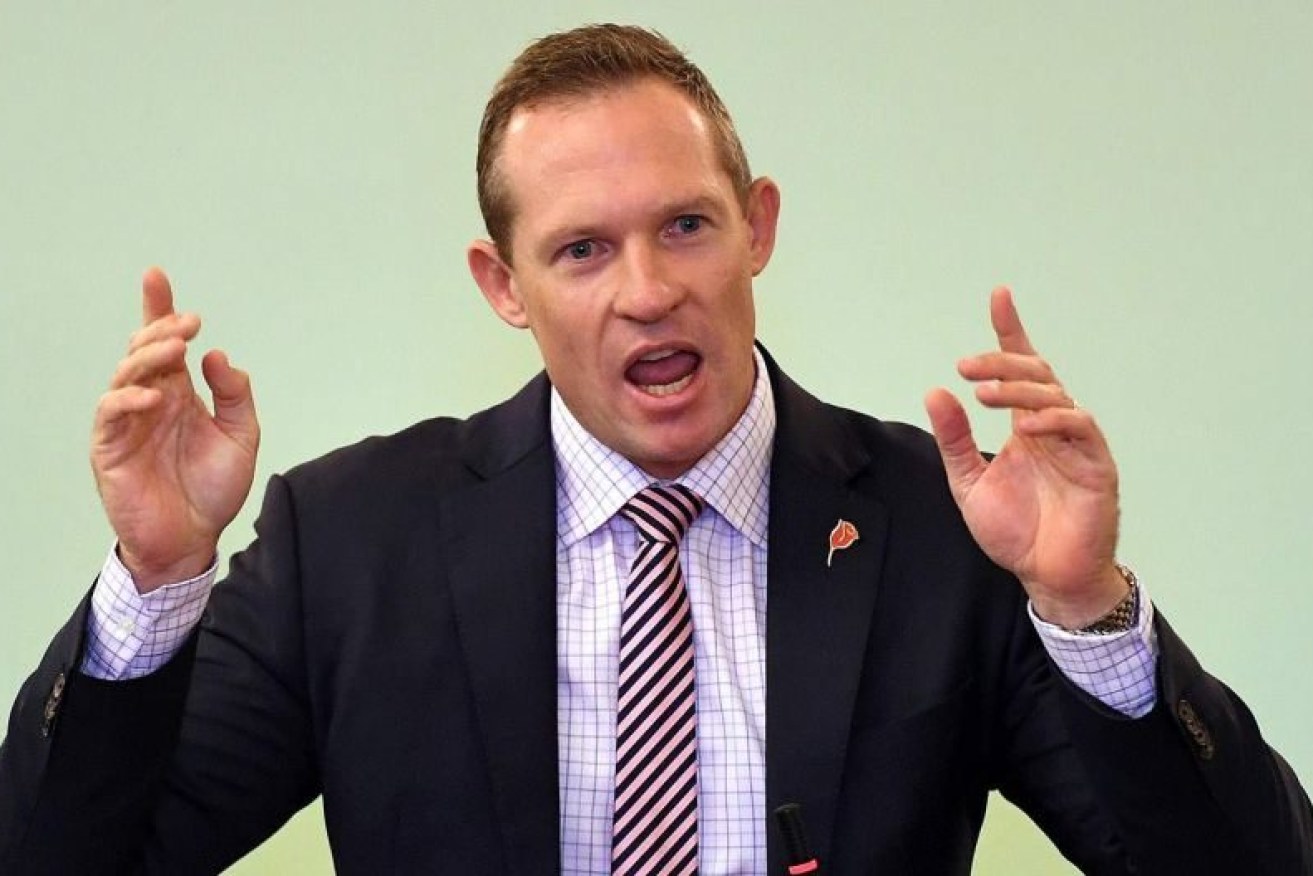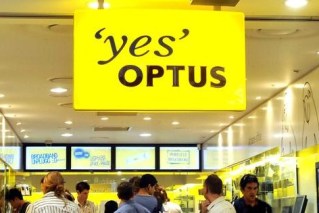Callide’s cost hits $240 million as LNP raises doubts about massive hydro scheme
The outage and delays in returning the Callide C coal-fired power station to operation has hit $240 million, just as the state’s energy supply hit 25 per cent renewables.


Energy Minister Mick de Brenni. (Photo: ABC)
The State Government said it was ahead of its targets in its bid to achieve its target of 50 per cent renewable energy by 2030 and Another 682MW of renewables would be on-line before the end of the year.
The costs at Callide include $150 million in lost revenue and the Government remains uncertain how much it can recoup from its insurance.
The facility has been out of action for two years.
Government officials told estimates hearings in Parliament there had been significant energy cost reductions of $196 a megawatt hour in wholesale prices compared with a year ago.
Energy Minister Mick de Brenni said once renewables dominated the wholesale market there would be a long-term reduction in prices.
“But we can only do this by transitioning away from coal and gas generation, which continues to set the wholesale electricity market and drive electricity prices in Queensland,’’ he said.
The Opposition has accused the Government of perpetrating a hydro energy hoax claiming there were doubts about whether the planned Pioneer Burdekin project would go ahead.
However, de Brenni said $1 billion was allocated in the Budget for the project.
However, there was yet to be a completed environmental impact statement on the scheme and the LNP’s Pat Weir said there was yet to be a business case, no feasibility study, no traditional owner consent an no investment decision.
“There is a billion dollars committed to this project,’’ de Brenni said.
He said the continued work on the scheme would allow the Government to make a financial investment decision.
“The work done to date by experts in their fields has assessed this site as the best site. It is fundamental to ensuring that we are able to take real action to mitigate climate change and act against global warming.’’
He said the project would provide first power by 2032 and scale up to full operation by 2035.
Research from Queensland Conservation Council has shown that investing in more renewable energy at both a large and small scale could save up to 25 per cent on wholesale power prices, or $200/year per household, by 2025.
QCC energy strategist Clare Silcock said the report showed the benefits available if there was an acceleration of large-scale renewable energy and storage as well as help for households to install solar and batteries.
Our research proves that the long-term solution is to invest more in renewable energy which will reduce emissions, bring down energy bills and improve Queenslanders’ lives,” Silcock said.
“This report shows that building more large-scale renewable energy and storage, as well as programmes to install solar on rental homes and help social housing tenants manage their energy use with solar and batteries, can reduce Queensland’s overall energy costs by $1.3bn by 2025.” Ms Silcock said.












